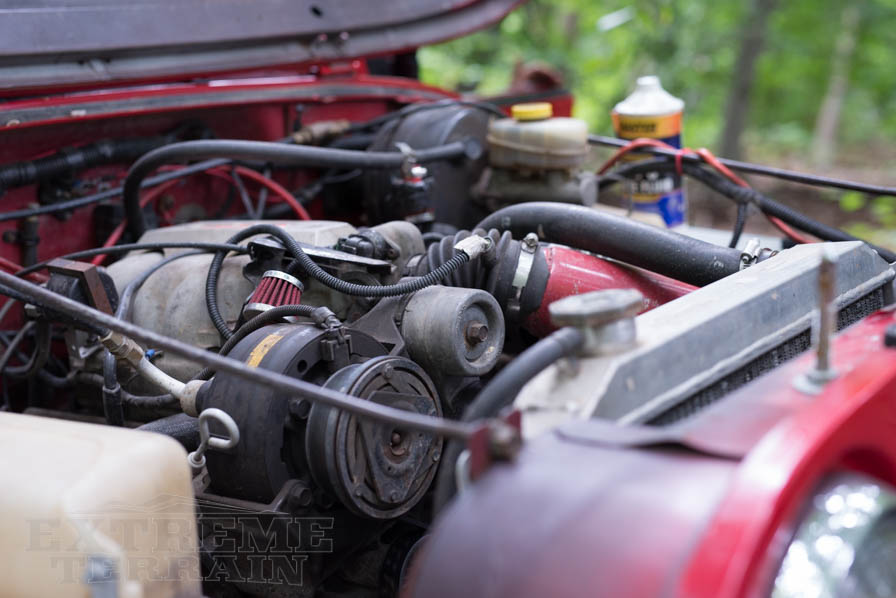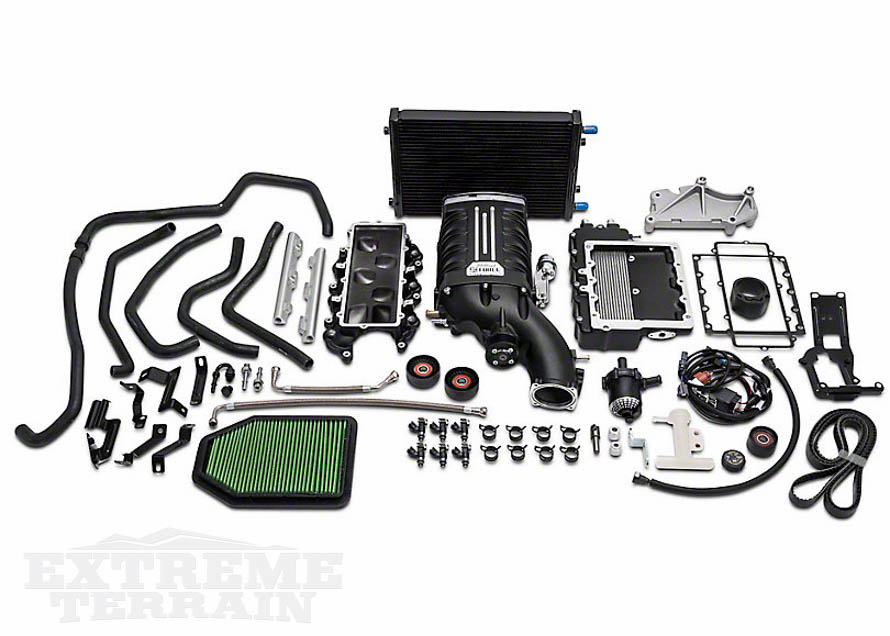Jeep owners don’t often think of speed and quick acceleration when they think of their Wrangler. More often than not, Jeeps are often thought of as slow vehicles with the aerodynamics of a brick. Supercharges, on the other hand, have always been thought of as a modification done to sports cars with the sole purpose of faster acceleration and more power. The two perceptions explain the confusion when discussing superchargers on Jeeps. In this information guide we’ll explain the general function of a supercharger, the difference between a supercharger and a turbo, benefits of a supercharger on a Jeep (both on and off-road), fuel and other requirements needed to run a supercharger on your Jeep, effects on other components, and finally the 0-60 performance and who should and should not install a supercharger on their Wrangler.
Contents
Shop Wrangler Supercharges
Supercharges are a great upgrade to add to your wrangler's build. The additional power will allow you to keep your big rig's performance and add additional confidence taking on challenging trails.




